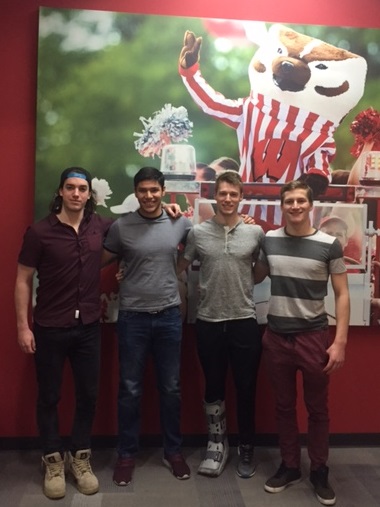VR simulation with haptic feedback for medical procedures
Project Overview
We are developing a neonatology training device that uses a virtual reality (VR) system to simulate a virtual training environment. In this environment, a trainee can simulate medical procedures using haptic feedback motor arms which would mimic interaction with premature infant patients.
Medical procedures often require a great amount of precision and technical skill. Some procedures, such as intubation, are often emergent situations. As such, the ideal subjects when teaching these procedures are those that cannot be harmed. Currently, the best training options available are expensive mannequins that are unrealistic and limited in their capabilities. To alleviate these shortcomings, some mannequins are used in conjunction with VR systems to simulate surgical procedures (see reference link). However, this combination is still limited to a single type of procedure or specific body part.
Our goal is to create a 100% VR simulation environment that is accurate and adaptable for neonatology instruction. Virtual reality would be the ideal medium for this training, as any VR system could be easily transportable and could also be loaded with different training simulations on one device. This would eventually be something that could replace simulation labs that are currently only available to large academic facilities allowing for better access in communities for the most up-to-date training.
Team Picture

Files
- Final Report (May 2, 2018)
- PDS (February 10, 2018)
- Preliminary Presentation (March 2, 2018)
- 301-44-Tong-VR_sim-Executive Summary (April 19, 2018)
- Final Poster (April 26, 2018)
Contact Information
Team Members
- Carter Griest - Team Leader
- Isaac Hale - Communicator & BSAC
- Joseph Campagna - BWIG
- Roberto Romero - BPAG
Advisor and Client
- Prof. Beth Meyerand - Advisor
- Dr. Brandon Tomlin - Client
- Dr. Ryan McAdams - Alternate Contact
Related Projects
- Spring 2019: VR simulation with haptic feedback for medical procedures
- Fall 2018: VR simulation with haptic feedback for medical procedures
- Spring 2018: VR simulation with haptic feedback for medical procedures
